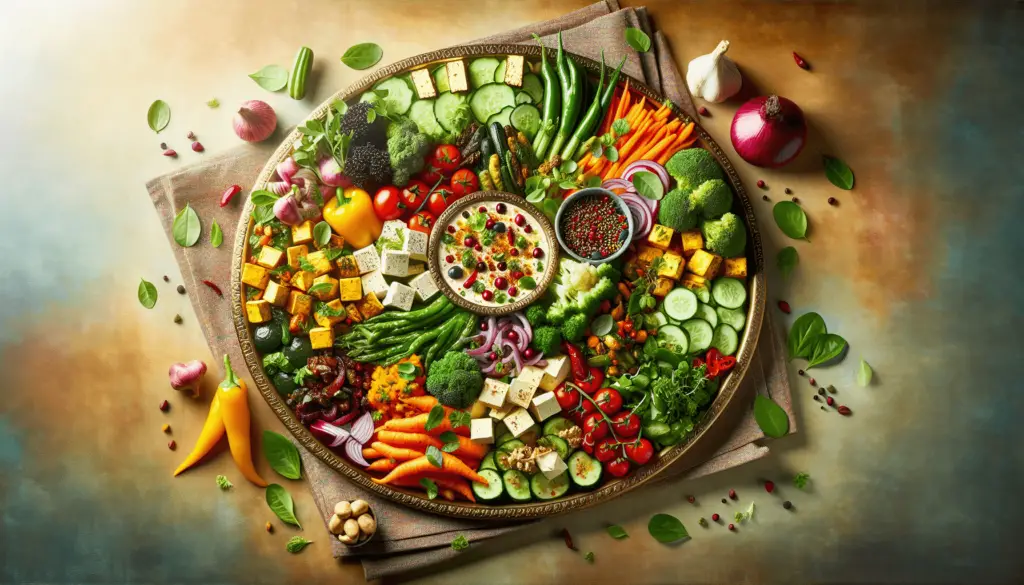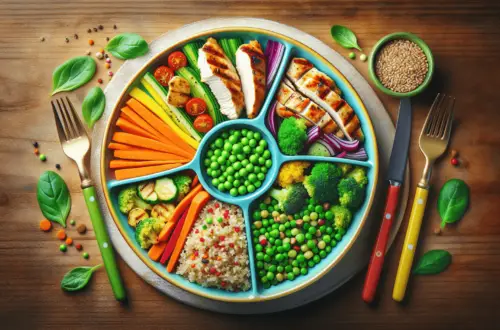Navigating social events or dining out as an Indian vegetarian on the Atkins Diet can be quite the balancing act! You’ve embraced the low-carb lifestyle, but it can sometimes feel like a challenge when you’re face-to-face with a buffet full of carb-laden delights and traditional Indian dishes. The good news is that with a bit of planning and creativity, you can stick to your dietary goals and enjoy these outings. This guide is designed to help you make informed choices and stay committed to your health objectives without missing out on the fun.
How To Handle Eating Out Or Attending Social Gatherings As An Indian Vegetarian On The Atkins Diet?
Have you ever wondered how you can stick to your Atkins diet while enjoying social events and dining out, especially when you’re an Indian vegetarian? Navigating the world of eating out can be challenging when you’re committed to a specific dietary plan. Throw in the nuances of Indian vegetarian cuisine, and it might seem almost impossible. But fear not! With the right strategies and a bit of planning, you can stay on track without sacrificing your social life or the joys of Indian vegetarian food.
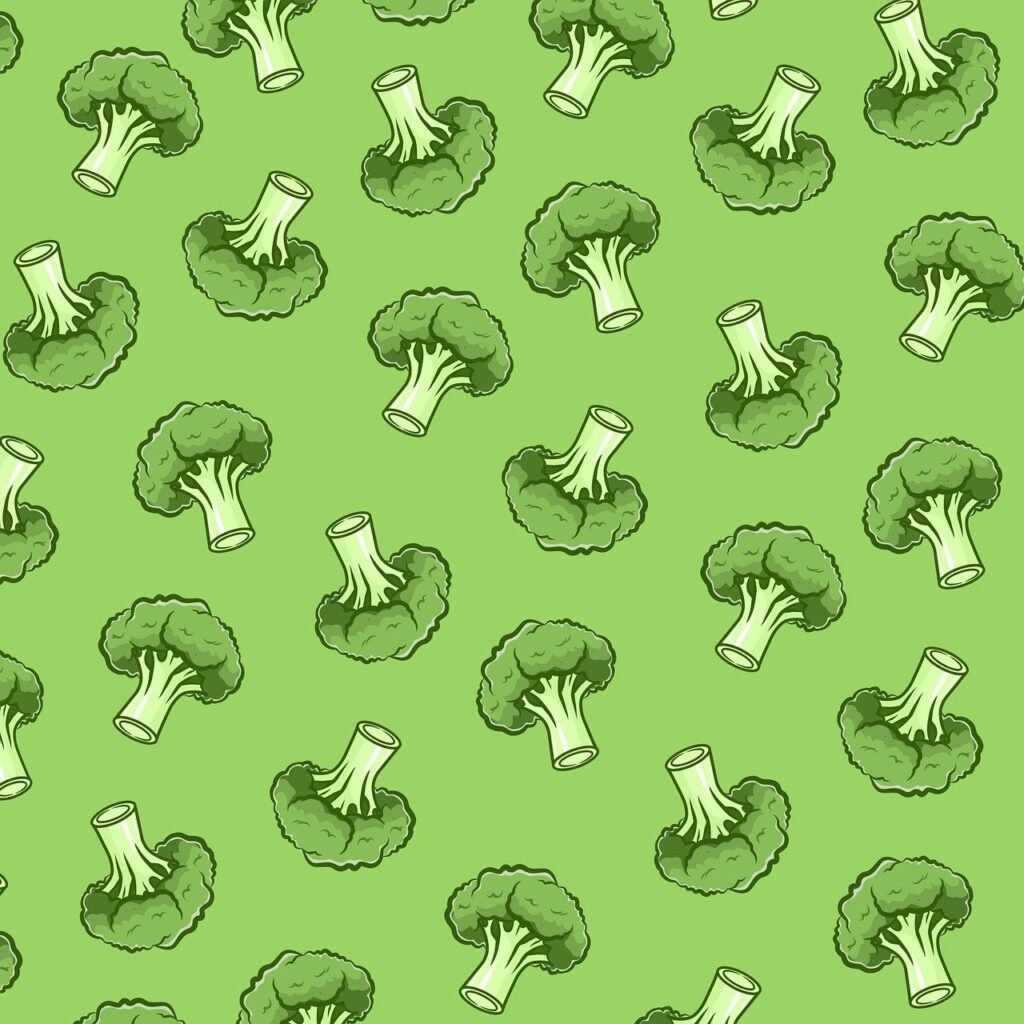
Understanding the Atkins Diet
Before diving into the details of managing eating out, let’s revisit the basics of the Atkins Diet. The Atkins Diet is a low-carb eating plan devised by Dr. Robert Atkins. It emphasizes the consumption of high-quality fats and proteins while limiting carbohydrate intake. The diet is typically divided into four phases: Induction, Balancing, Fine-Tuning, and Maintenance.
Phases of the Atkins Diet
- Induction: The strictest phase, allowing only 20 grams of net carbs per day. This phase kickstarts the weight loss process by shifting your body into ketosis.
- Balancing: Gradually introduces more nuts, low-carb vegetables, and small servings of berries while maintaining moderate carb intake.
- Fine-Tuning: Slows down the weight loss process as you get closer to your goal weight by adding more carbs.
- Maintenance: Helps you maintain your new weight by offering a more flexible carb intake that can be adjusted based on your body’s needs.
Special Considerations for Indian Vegetarians
Indian vegetarian cuisine is unique in that it often relies on legumes, grains, and dairy products. While these foods are rich in essential nutrients, many are also high in carbohydrates. For Atkins dieters, especially during the Induction and Balancing phases, this presents a significant challenge.
Pre-Eating Out Strategies
Preparation is key to successfully navigating eating out or attending social gatherings. By planning ahead, you can avoid pitfalls and remain faithful to your diet.
Research the Restaurant or Event Menu
Before heading out, research the restaurant or the event menu online if available. Most restaurants have their menus online, and some even offer nutritional information.
- Make a list of low-carb options: Identify the dishes that are already low in carbs or can be easily modified to fit your dietary needs.
- Check for customization options: See if the restaurant allows you to customize your orders. Most places are willing to accommodate dietary restrictions.
Plan Your Meals
If you know you’ll be dining out in the evening, plan your breakfast and lunch accordingly.
- Low-carb, high-protein breakfast: Start your day with a satisfying meal that sets the tone. Think tofu scramble or paneer with vegetables.
- Keep your lunch light yet filling: A hearty salad with plenty of greens and dressing made from olive oil can be great.
Communicate Your Needs
Especially for social gatherings, don’t hesitate to inform the host about your dietary restrictions. Most hosts will appreciate the heads-up and often make an effort to include something you can eat.
Carry Useful Snacks
When in doubt, carry some low-carb snacks with you. Nuts, cheese squares, or a low-carb protein bar can save you from hunger pangs if suitable options aren’t available.
Navigating the Menu
Understanding how to read and navigate a menu is crucial when you’re on a specific diet. Here are some tips and tricks to make the process easier.
Appetizers and Beverages
Appetizers and beverages often contain hidden carbs. Choose wisely or skip them altogether if necessary.
- Opt for salads: Ask for salads without croutons. Check if the dressings are low-carb.
- Choose vegetable-based appetizers: Grilled vegetables, sautéed mushrooms, or mixed vegetable platters are often safe bets.
Beverage Choices Table
| Beverage | Carb Content | Recommendation |
|---|---|---|
| Regular Soda | High (30-40 grams per can) | Avoid |
| Diet Soda | Low (0-2 grams per can) | Moderate intake; artificial sweeteners |
| Plain Water | Zero | Best option |
| Club Soda/Sparkling Water | Zero | Good option |
| Fresh Lime Soda (sweet) | Very High (20-30 grams per glass) | Avoid |
| Fresh Lime Soda (salted) | Low (2-5 grams per glass) | Good option |
| Coffee/Tea | Zero (without sugar/milk) | Opt for black or with a splash of cream |
Main Course
When it comes to the main course, look for options that focus on vegetables and proteins, avoiding dishes laden with sauces thickened with flour or sugar.
- Look for grill and steam options: Grilled paneer, steamed vegetables, and tofu dishes are excellent choices.
- Ask for dairy: Ghee, paneer, and yogurt can be incorporated into meals to increase protein and fat content.
Sides and Condiments
Sides and condiments can often sneak in extra carbohydrates. It’s essential to pay attention to these small additions to your meal.
- Skip bread and rice: Opt for extra vegetables instead.
- Check condiments: Items like ketchup, chutneys, and certain dips can be high in sugar. Ask for olive oil, ghee, or plain yogurt as alternatives.
Desserts
Desserts on the Atkins Diet can be particularly challenging due to their typically high sugar content.
- Opt for cheese or a small piece of dark chocolate if available and permissible within your phase of the diet.
- Bring your own dessert: In social gatherings, consider bringing a low-carb dessert to share. This way, you can enjoy a treat without the guilt.
Dealing with Peer Pressure
Social gatherings often come with a fair share of peer pressure. Friends and family may not understand your dietary choices, and well-meaning hosts might insist you try their dishes. Here are some ways to handle these situations gracefully.
Be Honest
Explain your dietary restrictions clearly and kindly. Most people will respect your choices when they understand your commitment to them.
Use Polite Declines
Politely declining food or drink that doesn’t fit into your diet is completely acceptable. Options include:
- “Thank you, but I’m sticking to my diet.”
- “That looks delicious, but I’m avoiding carbs right now.”
Offer to Contribute a Dish
Bringing a dish can help ensure there’s at least one thing you can eat and shows appreciation to the host.
Find an Accountability Partner
Having someone who understands your goals can be helpful. Whether it’s a friend, family member, or online group, support can offer additional encouragement and tips.
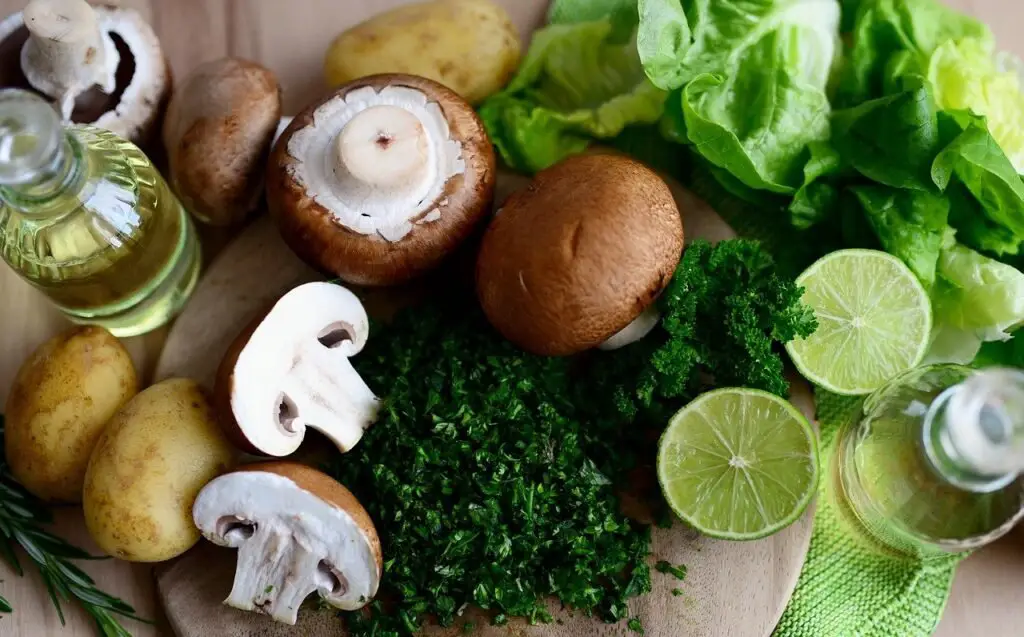
Strategies for Special Indian Cuisine Scenarios
Indian cuisine, with its specific flavors and traditional dishes, presents its own set of challenges and opportunities. Here’s how to maintain your diet while enjoying Indian vegetarian food.
Common Indian Dishes and Their Carb Content
Here’s a handy reference for the typical carbohydrate content in popular Indian vegetarian dishes:
| Dish | Carb Content (Per Serving) | Recommendation |
|---|---|---|
| Dal (Lentil Soup) | High (~20 grams) | Avoid during Induction phase |
| Sabzi (Vegetable Dish) | Low to Moderate (~5-10 grams) | Good option; check seasoning and thickeners |
| Paneer Tikka | Low (~3-5 grams) | Excellent option |
| Plain Curd/Yogurt | Low (~3-5 grams) | Excellent option |
| Rice | High (~45 grams per cup) | Avoid |
| Roti/Chapati | High (~15 grams per piece) | Avoid |
| Vegetable Curry | Moderate to High (varies) | Check ingredients; avoid thickeners |
| Green Salad | Low (2-4 grams) | Excellent option |
| Chana Masala | High (~35 grams) | Avoid |
| Baingan Bharta | Low (~5 grams) | Good option |
Modifying Recipes
Many traditional Indian recipes can be modified to fit the Atkins Diet with a bit of creativity.
- Use low-carb vegetables: Vegetables like spinach, cauliflower, and peppers can be used to replace higher-carb options like potatoes and peas.
- Go easy on the lentils and beans: While a staple in Indian diets, they are higher in carbs. Opt for them in moderation and focus more on vegetables and paneer.
- Opt for dry preparations: Dishes like dry paneer bhurji have fewer hidden carbs compared to heavily sauced dishes.
Indian Sweets
Indian sweets are high in sugar and carbs, but you can still enjoy some by making keto-friendly versions.
- Try sugar-free alternatives: Use stevia or erythritol as sugar alternatives.
- Coconut-based desserts: Desserts using coconut flour or coconut oil can be a delicious low-carb alternative.
Tips for Buffets and Large Gatherings
Buffets and large gatherings can be particularly tricky. Here are some tips to help you navigate these situations:
Start with a Plan
- Survey the offerings: Walk through the entire buffet or serving area before you start filling your plate.
- Prioritize your selections: Choose protein-rich and low-carb vegetable dishes first.
Be Selective
- Build your plate carefully: Opt for dishes that adhere strictly to your diet. Skip anything you are unsure about.
- Watch portion control: It’s easy to overeat at buffets. Stick to appropriate portions even when something is low-carb.
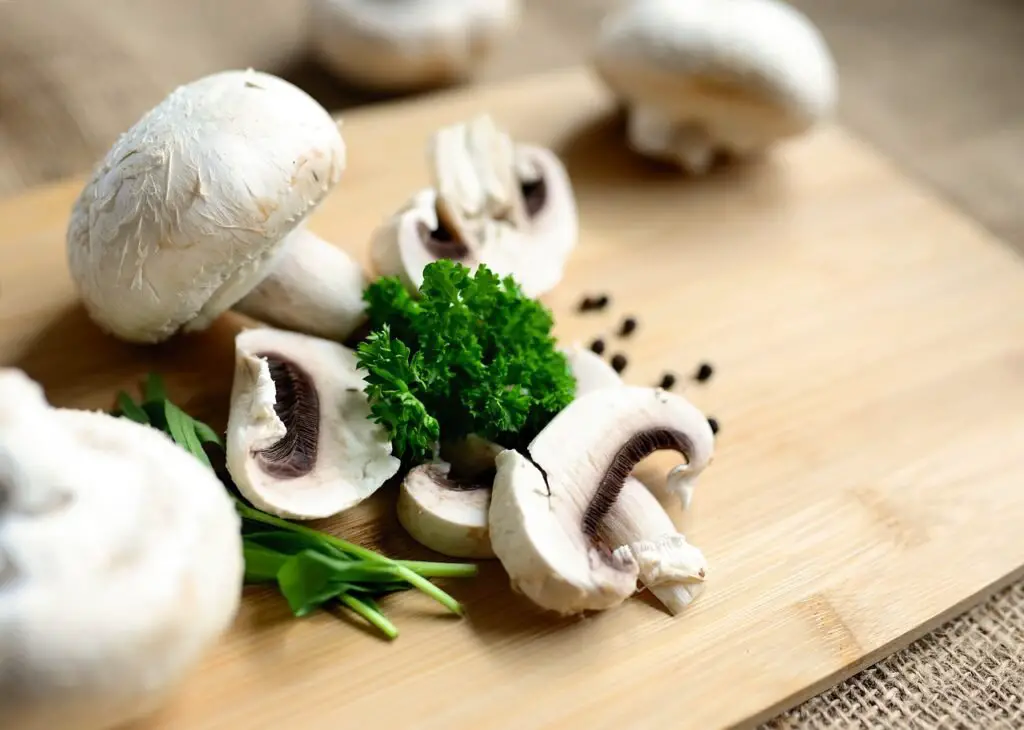
What if You Slip Up?
You might find yourself in situations where adhering to your diet becomes too challenging, and that’s okay. The key is to get back on track promptly.
Acknowledge the Slip
Don’t be too hard on yourself. Recognize that you had a slip-up and move forward. Dwelling on it can be more harmful than the slip itself.
Re-adjust Your Plan
- Get back to your routine: Resume your low-carb meals and make sure your next meal is in line with your diet.
- Increase your activity: If you slipped, balancing it with some extra physical activity can help mitigate the impact.
Conclusion
Sticking to the Atkins Diet as an Indian vegetarian while dining out or attending social gatherings can seem daunting, but it’s entirely possible with a little preparation and the right strategies. Understanding the menu, communicating your needs, and making thoughtful choices can help you stay on track without feeling deprived or alienated.
Remember, balance and flexibility are key. It’s about making the best choices in the situation while keeping your long-term goals in mind. Enjoy your social life while adhering to your Atkins Diet—you’ve got this!
